

In today’s data driven world, businesses require scalable, high performance, and fault tolerant databases to manage vast volumes of data. MongoDB, a leading NoSQL database, addresses these needs with its powerful cluster capabilities. A MongoDB cluster is a distributed architecture designed to handle large scale data workloads by partitioning and replicating data across multiple servers. This ensures both horizontal scalability and high availability.
Whether you’re building a global application or need robust data replication, understanding how a cluster in MongoDB operates is crucial for modern software development.
A MongoDB cluster refers to a group of servers (nodes) that work together to store and process data. These clusters are primarily categorized into two types:
Together, these systems allow MongoDB to support high-throughput applications with minimal downtime.
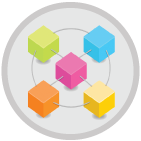
OUT OF THE BOX MICRO SERVICES
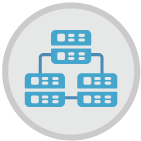
AUTO CLUSTERING WITH A CLICK

STATE OF THE ART GUI, SIMPLIFIED DEPLOYMENTS
MongoDB as a Service offers managed clusters in the cloud, allowing organizations to deploy, manage, and scale MongoDB databases without worrying about underlying infrastructure. Platforms like MongoDB Atlas provide automated backups, monitoring, security, and scaling all while maintaining the powerful capabilities of a mongodb cluster.
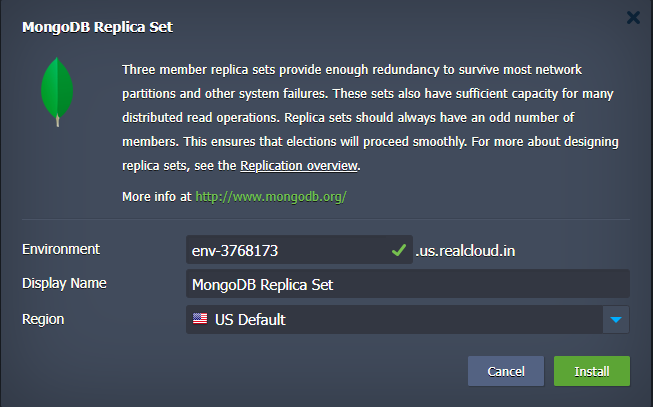
High Availability: Replica sets ensure your application is always up and running, even if one node fails.
Horizontal Scalability: Sharding allows you to distribute data across multiple machines, accommodating growing data demands.
Performance Optimization: Distributes load and increases read/write throughput.
Security: Fine-grained access control, encryption, and auditing features.
Cloud Native: Easily deploy clusters via MongoDB as a Service, reducing operational overhead.
Deploying a MongoDB Cluster empowers developers and businesses to build reliable, scalable, and high performance applications. Whether you’re leveraging on premise infrastructure or choosing MongoDB as a Service, understanding the architecture and benefits of a cluster in MongoDB is key to maximizing the database’s potential.
As data continues to grow in volume and complexity, a well structured MongoDB Cluster becomes not just an option but a necessity for modern, data intensive applications.

Docker Engine & Docker Swarm with Public/ Pvt. Registries
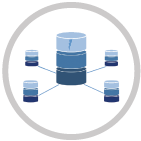
Automatic & Manual Vertical and Horizontal Scaling
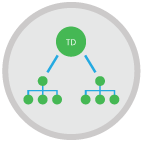
Flexible Topology, Traffic Distributor, Auto Start Stop Scheduler & More

Kubernetes Cluster with 1 Click, Automate CI/CD
Elastic Pricing, Pay Only for Used Resources

High Availability across Multi Clouds

One Click Deployment
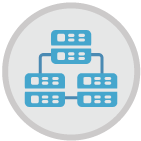
Auto Clustering within Clicks

Inbuilt Git, SVN & Docker Hub
